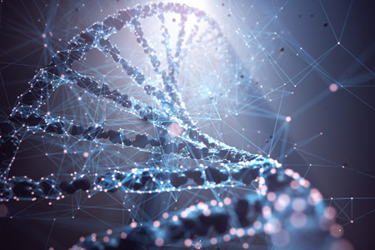The Future Of Viral Vector Manufacturing: Yield Optimization
By Andy Moreo, Head of Process Development, Plasmid and Viral Vector Core Facilities, and Lenore Giannunzio, principal research scientist, Andelyn Biosciences

Viral vectors are more than a vehicle for a payload – their ability to target specific cells has made them one of the most promising treatment modalities to emerge in recent years. But the specificity enabled by this tropism has created complexities impacting their scale-up.
Ensuring optimal yield for engineered viral vectors is crucial to ensuring their eventual commercial viability. Despite this, it can be easy to overlook the factors that impact yield performance early enough, resulting in suboptimal yields, rework, and the potential scrapping of an otherwise promising therapeutic. Frequently, issues related to yield are not uncovered until toxicology testing has already commenced, and considerable time and cost investment has already been leveraged toward a transgene that, while effective, is production-inefficient.
The heavy lifting inherent to development in cell and gene therapy contributes to the high costs of production for these therapeutics, and the commensurately high cost for a patient. Zolgensma, a gene therapy for spinal muscular atrophy, is the most expensive drug on the planet, averaging more than $2 million for a single dose. It is critical to drive down the cost of viral vector development to make these life-changing therapies more accessible, facilitating more targeted treatments for a greater range of diseases and quality-of-life improvements.
Get unlimited access to:
Enter your credentials below to log in. Not yet a member of Life Science Leader? Subscribe today.
